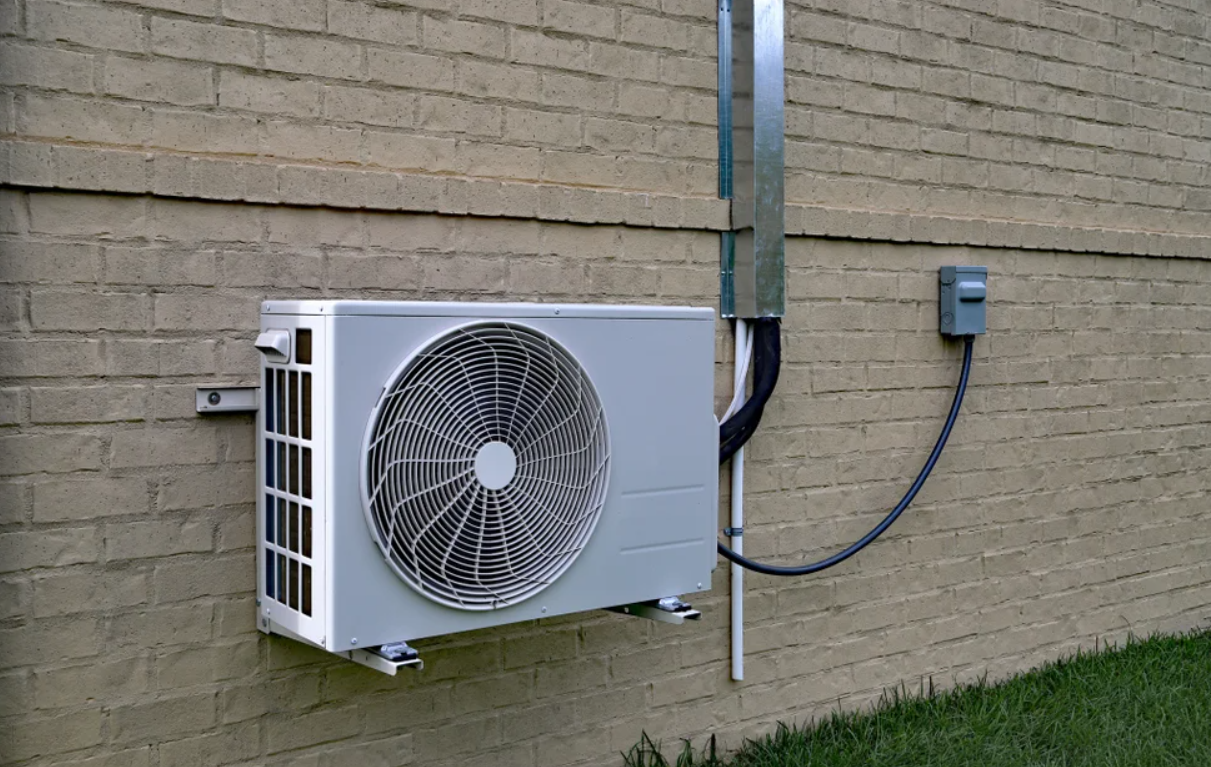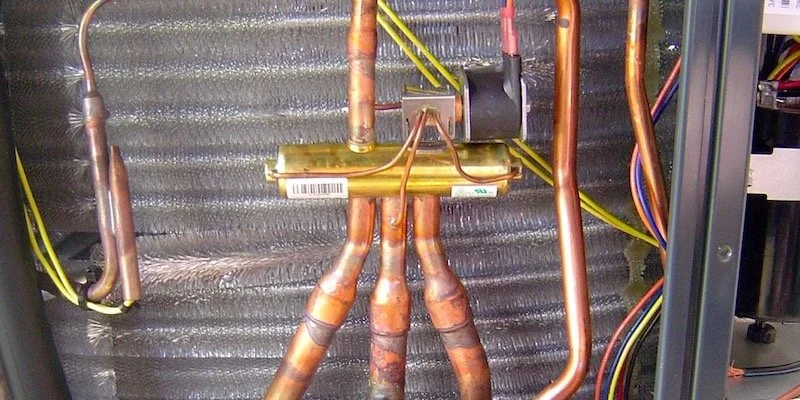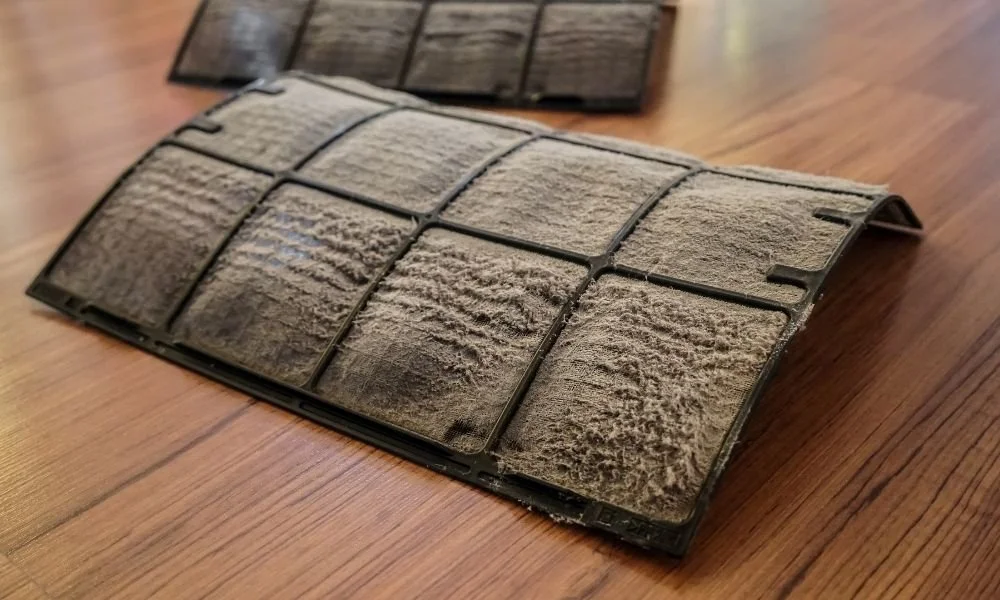What to Do When Your Heat Pump Is Not Working Right
A heat pump that’s not working as it should can be stressful. Whether it’s running constantly or failing to heat, understanding the common issues can help you troubleshoot effectively before calling for professional help.
Why Is My Heat Pump Running Constantly?
If your heat pump is running non-stop, start by checking the thermostat settings. Make sure it’s set to “heat” or “cool” as needed, and the fan is on “auto.”
Also, inspect the outdoor unit for ice buildup. A frozen outdoor unit could indicate a failed defrost cycle, which requires professional attention. Dirty or leaking evaporator coils may also be responsible for reduced efficiency, causing the system to run longer than usual.
Heat Pump Behavior in Cold Weather
It is important to note that heat pumps may run continuously in colder temperatures. When the outside temperature drops below 40 degrees Fahrenheit, these systems often need to work harder to maintain indoor comfort. If your heat pump is running non-stop during winter, it may be functioning normally under those conditions.
Why Is My Heat Pump Not Heating?
If your heat pump isn’t heating your home adequately, there are several factors to consider. Start by checking for a frozen outdoor unit. If ice or frost covers the outdoor coil, it may hinder heat transfer, requiring professional assistance.
Another common issue is a low refrigerant charge. Insufficient refrigerant can lead to poor heating performance. If you suspect this problem, contact a technician promptly.
If your system cools but doesn’t heat, there might be a malfunctioning reversing valve. A trained HVAC professional can diagnose and fix this issue. Also, ensure the thermostat settings are correct—make sure it's set to "heat" mode.
Common Heat Pump Troubleshooting Tips
To further troubleshoot your heat pump, consider these additional checks:
Check Circuit Breakers: Ensure that the circuit breakers for both the indoor and outdoor units haven’t tripped. If they have, reset them and monitor for recurring issues.
Inspect the Indoor Unit Power Switch: Locate the power switch on the indoor unit and ensure it’s turned on.
Replace Dirty Air Filters: A clogged air filter can restrict airflow and reduce efficiency, causing the system to overwork.
Maintaining Your Heat Pump
Regular maintenance is vital for keeping your heat pump running efficiently. Routine service can help prevent breakdowns, preserve efficiency, and extend the lifespan of your unit. Scheduled tune-ups can ensure that your heat pump operates smoothly during both summer and winter months.
Conclusion
Understanding common heat pump issues can save you time and stress. Whether it’s troubleshooting constant running or inadequate heating, knowing the signs can help you determine when to call for professional help. For reliable service, consider contacting a local HVAC expert to ensure your heat pump is always in top condition.







